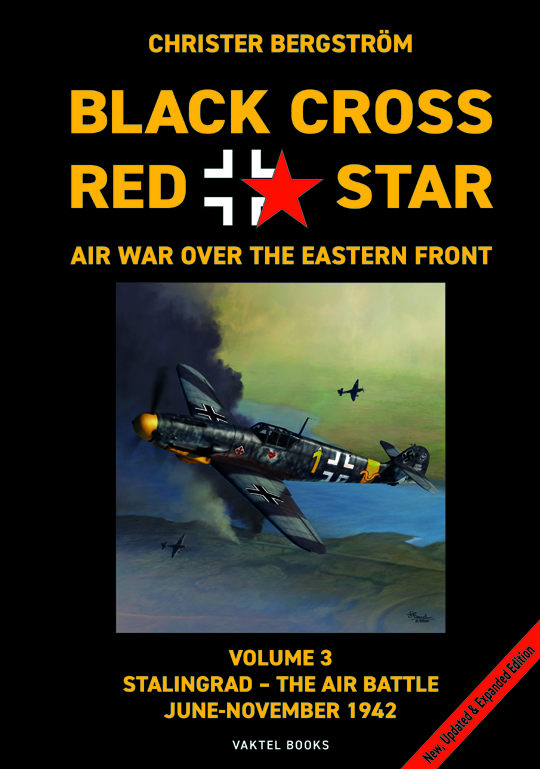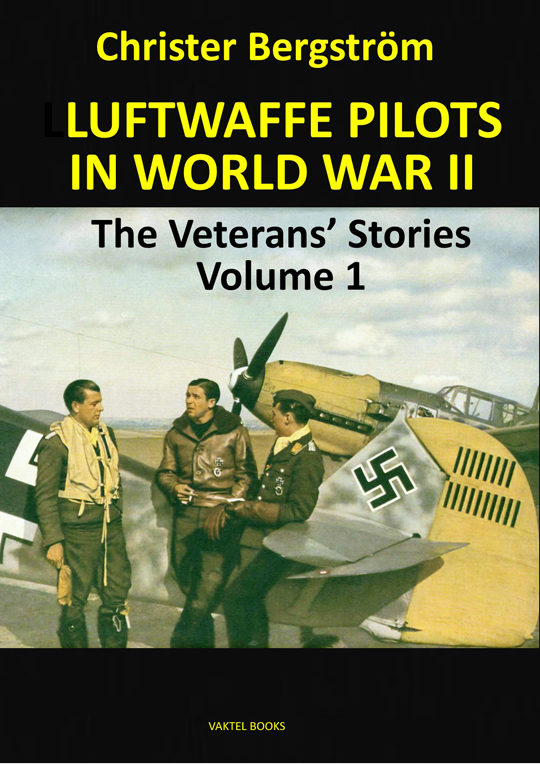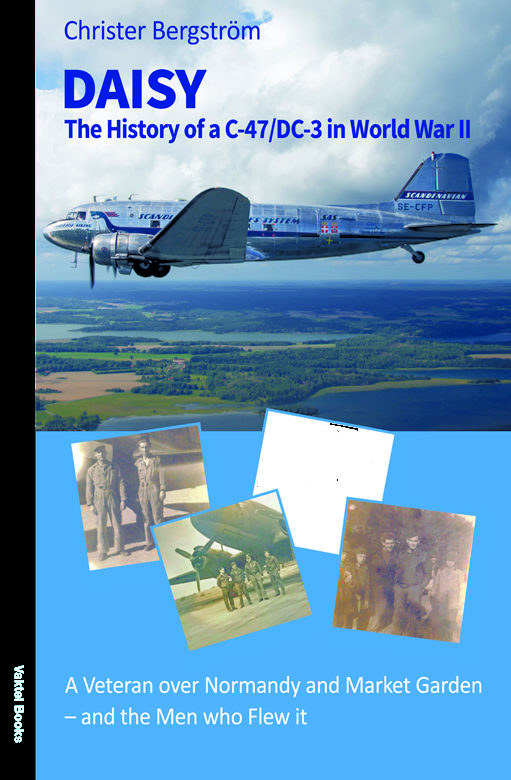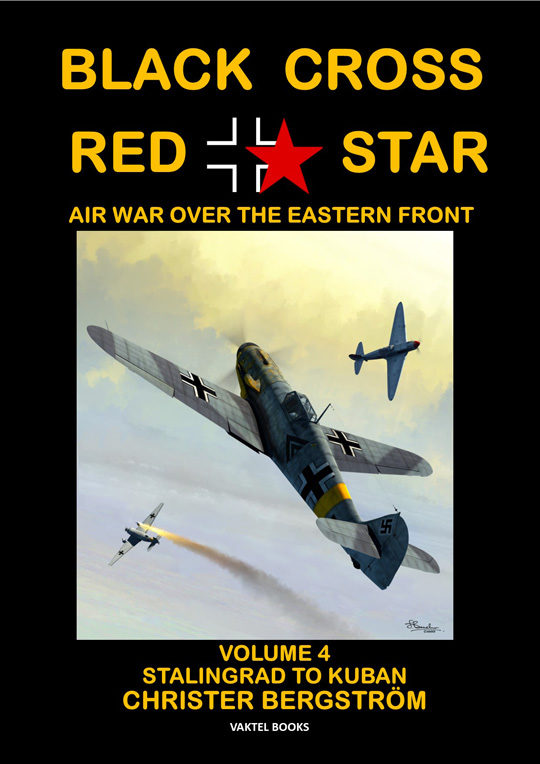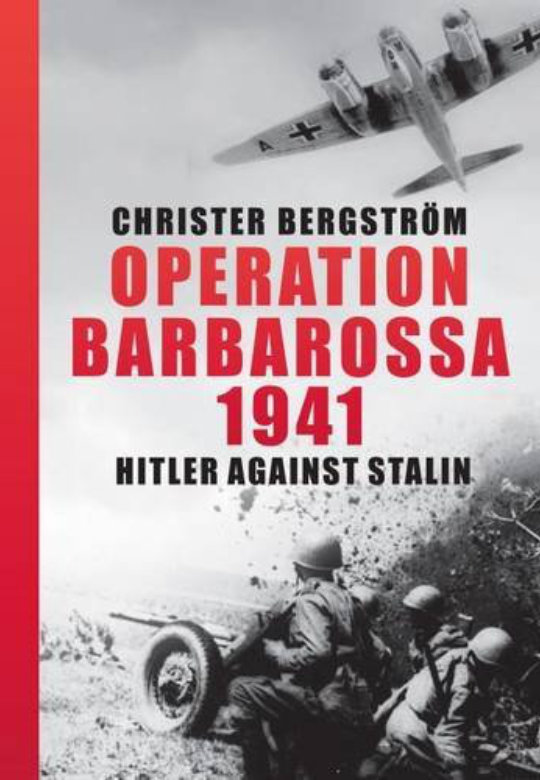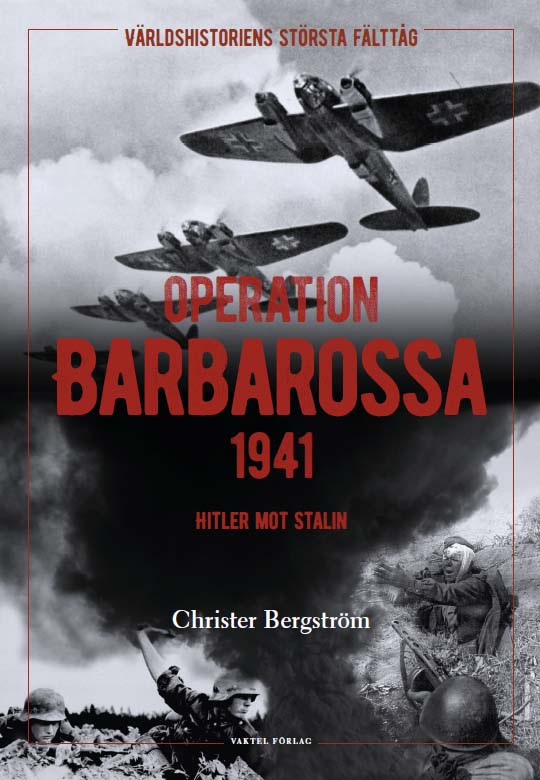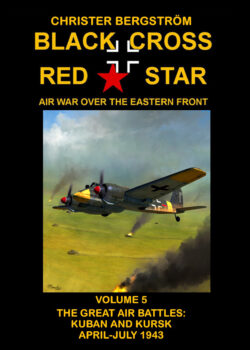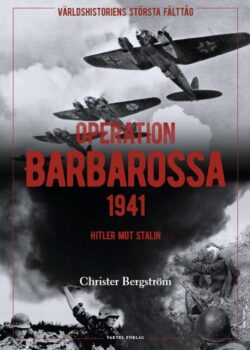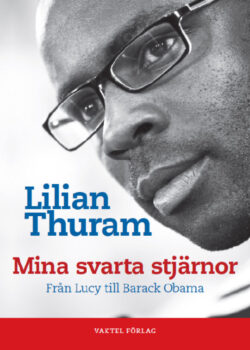To be published in 2024!
Shipping world-wide: For customers outside of Sweden: Order at vaktelforlag@gmail.com
“Both sides lost one of its best pilots on September 5, 1942. 26-year-old Mayor Vasiliy Naydenko, who commanded 126 IAP—which had arrived straight from the élite 6 IAK/PVO at Moscow—had his Curtiss P-40 Kittyhawk shot in flames. He bailed out and came down, badly wounded, in the Volga, where he was rescued by a Soviet boat. His wounds were so serious that the doctors had to amputate one of his legs, which put an end to his flight career. Naydenko was a legend in his lifetime. He had flown in four wars—to help the Chinese against Japan in 1937, at Khalkhin-Gol against the Japanese again, in the Winter War against Finland, and against Germany since 1941. In these wars, he performed 550 combat missions and was credited with 33 victories, of which 16 were against the Luftwaffe. For this, he was appointed a Hero of the Soviet Union.
Considering that Naydenko came down in River Volga, it is quite certain that this eminent Soviet ace was shot down by Knight’s Cross holder Feldwebel Hans Dammers of Hermann Graf’s “Karayastaffel”; Dammers claimed five victories—all against Curtiss P-40s—on September 5. This was an exaggeration, particularly so since other pilots in the same Staffel reported four more P-40s shot down, while only three such aircraft (all from 126 IAP) were lost by the Soviets on September 5. However, one of Dammers’s two last claims that day, his 62nd and 63rd victories, straight above the Volga north of Stalingrad, clearly was against the machine flown by Vasiliy Naydenko.
The loss of Mayor Naydenko was a heavy blow against the survivors of 126 IAP, who had seen nine of their Kittyhawks getting shot down since they arrived in this sector only eight days previously. On September 12, the regiment was returned to 6 IAK of the Mocow Air Defense. By then, it had lost thirteen Kittyhawks, with seven pilots killed and five wounded, in just 194 sorties in the Stalingrad sector. The encounters with the German aces over Stalingrad was the toughest period for 126 IAP throughout the war.
The men of this regiment definitely would have found some consolation if they had known what a German ace that Naydenko’s personal friend in the unit, the one year older Mayor Nikolay Arsenin, had shot down that same morning. Just like Naydenko, Arsenin had flown in combat in China in 1937, at Khalkhin-Gol, and in the Winter War. When Germany invaded the Soviet Union, he already had a score of eleven victories—to which he would add another thirteen in World War II. His twenty-fourth and last victory was attained against a Bf 109 east of Stalingrad at 0633 hours on this September 5. He was the only pilot to claim a Messerschmitt east of Stalingrad that day, and III./JG 3’s top ace, Oberfeldwebel Walter Ohlrogge, had his Bf 109 badly shot up by a Soviet fighter in that area, shortly after achieving his sixty-eighth victory, against a LaGG-3 at 0605 hours. Bleeding from bullet wounds, Ohlrogge managed to push across the frontlines and belly-landed in German-controlled territory. He would spend the next eighteen months in hospital.”
”One of the best books of the year!”
– Review by Bill Stone at Stone & Stone’s Second World War Books.
Regarded as the standard work on the air war over the Eastern Front during World War II, Christer Bergström’s unique Black Cross/Red Star series covers the history of the air war on the Eastern Front in close detail, with the perspectives of both sides. Based on a close study of German and Russian archive material, as well as interviews with a large number of the airmen who participated in this aerial conflict, it has established itself as the main source on the air war on the Eastern Front.
Black Cross/Red Star, Volume 3 covers the air war along the entire Eastern Front during the period June-November 1942 in great detail, with a balance between German and Soviet archive sources etc, and with many first-hand accounts. This edition contains more than twice the wordcount of the old, 2006 edition, and with a vast amount of new facts based on fresh research.
The author has studied the air war over the Eastern Front for several decades. This work is based on primary sources from both sides and interviews conducted by the author with a large number of veterans from both sides.
* Over 300 photographs, many from pilot veterans’ private photo albums and which have never been published before.
* Very clear maps: Most of the places mentioned in the book are on the maps.
* Aircraft color profiles by Jim Laurier.
* Photos of most of the aircraft that are listed on the inside of the dustjacket.
* Appendices.
ISBN: 978-91-89597-06-8
384 pages
Hardcover
Large format
Crowdfunding: USD$ 120 for a personally signed and specially numbered crowdfunder’s edition.
Ordinary price: USD$ 85 / 79 EUR / GBP£ 68 / AUD 130 / 116 Canadian dollar
Shipping world-wide: For customers outside of Sweden: Order at vaktelforlag@gmail.com

